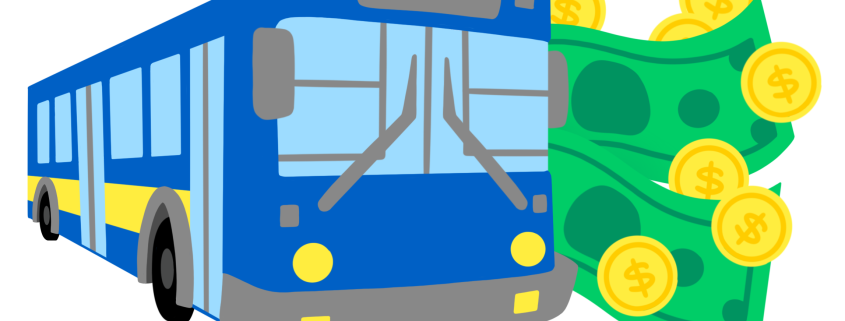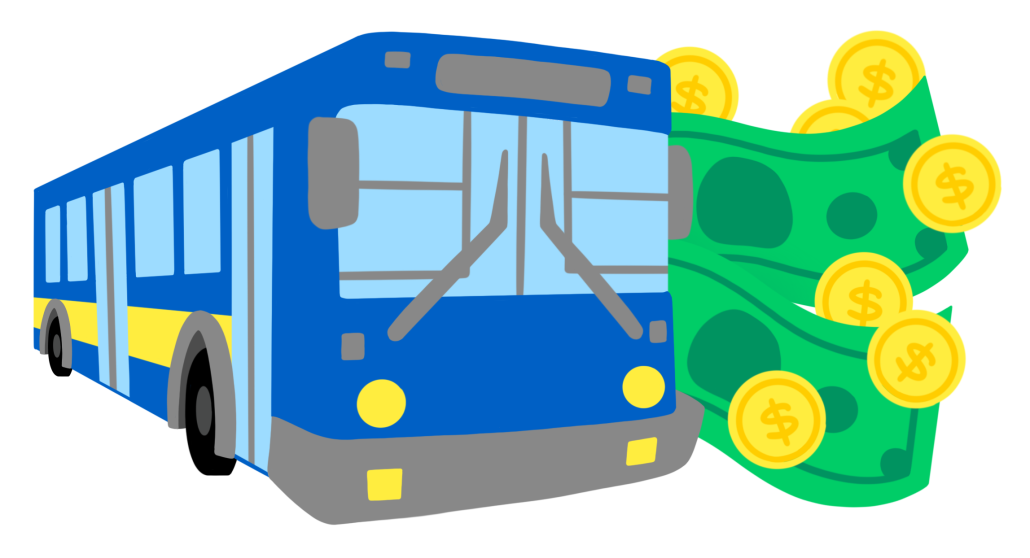Los Angeles County must expand public transportation
The pandemic exacerbated Los Angeles low-income residents’ socio-economic hardships while furthering financial burdens. In recognition of these obstacles, County Metropolitan Transportation made its service free because of the pandemic, which saved riders’ — many of whom are of low income — money.
To ride Metro’s buses or trains, riders must refill their Transit Access Pass cards daily, weekly or monthly. The monthly pass cost $100, but there are special discounts available for seniors, students and persons with disabilities. Additionally, Metro offers a program called “Low Income Fare is Easy,” which reduces the cost of the monthly pass to $76 for those who meet certain household and income level thresholds. While this discount offers help to low-income riders, those $76 dollars would do more good in their wallet than on a TAP card.
In August 2020, Metro launched a program that would allow community college students, K-12 students and low-income riders to ride for free and recently extended it until June 30, 2022. This is a good step in the right direction, but Metro should expand the program to everyone. Public transportation should be a free service because it would help relieve financial burdens of low-income communities and reduce traffic. However, for the public transportation system to truly be a good service, it must also expand.
A Metro trip from USC to the Los Angeles County Museum of Art, which is only eight miles away, takes about an hour and involves taking multiple Metro lines. The further south you live from LACMA, the more lines you have to ride. It’s almost ironic that a museum with “Los Angeles County” in its name is relatively inaccessible for the residents of South Central. A trip to LACMA shouldn’t be a hassle — it should be free and convenient.
Despite these issues, Metro also has its benefits. Peter Burns is a special education teacher at Dorsey High School. Burns uses Metro to take his students on field trips to museums, libraries and even architectural sightseeing of our very own campus.
“We wouldn’t be able to do all of that without the trains,” Burns said. “It makes the whole city of Los Angeles available to people with disabilities.”
Burns said that Metro can improve its service by increasing cleanliness and safety. Burns and his class are an example of Metro’s potential to make the city more accessible for millions of L.A. residents, especially those in South Central. For Burns, Metro is convenient because the Metro E Line has a stop right in front of Dorsey High School. Other areas don’t have that same accessibility.
For Metro to be a well-rounded service, it can’t just be free. It also has to be expanded. Although Metro broadened its service, it did it in the wrong ways.
Ridership has gone down significantly because of the pandemic, but it was already on decline in 2017, even after Metro expanded the Metro E Line to include Santa Monica in 2016. Metro doesn’t know why ridership has gone down; however, as ridership has dwindled, fares have gone up.
When the Los Angeles Times and other newspapers covered the decline of Metro ridership, they asked their readers why they didn’t use public transportation. Readers cited safety, cleanliness, timeliness and inconvenience as detractors from using public transit. Riding multiple Metro lines to get to one destination and timeliness were recurring complaints.
Metro plans to build its new Crenshaw/LAX train line within the next year, which will make the city more accessible. However, Metro shouldn’t stop there. It needs to add more lines that allow riders reliable access to museums, work and green spaces. Along with no fees for its riders, Metro could instill an unbelievable impact.
Less cars on the road means less pollution. Less cars on the road means more people walking within their community and speaking to each other. A better Metro system means more teachers such as Burns can take their students out on trips where they can see the real world instead of reading about it in a book. It’s time for Metro to prioritize L.A. residents.


